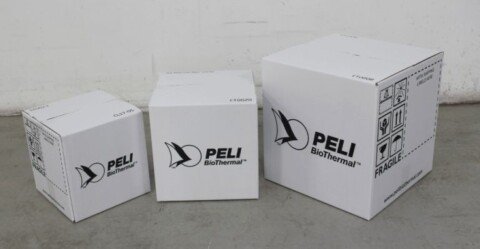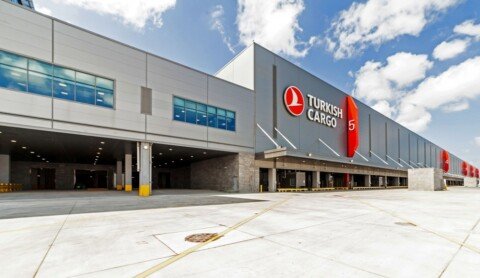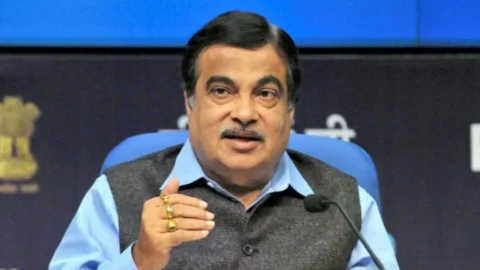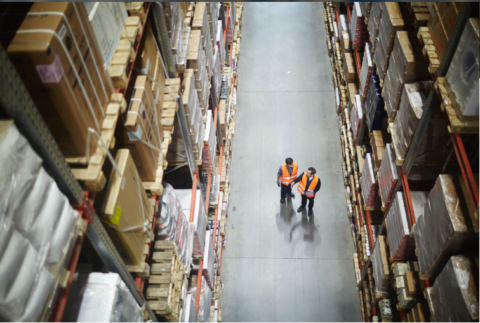Global technology and automation company, LogiNext announced it has helped reduce 50 million pounds of Greenhouse Gas (GHG) emissions since 2018. Revealing this information on World Environment Day, LogiNext said it has tracked more than 240 million miles and a reduction of 15-20% in terms of distance travelled through its technology-backed solutions, ultimately resulting in the reduction of GHG emissions.
“From the onset, one of the biggest motivators for us has been the positive impact our technology has on the environment. Bringing in efficiency and optimisation results in massive reduction in fuel usage and helps us all build towards a greener future. We’re looking forward to work with progressive companies looking at their carbon footprint and building technology powered systems looking at the long term,” says Dhruvil Sanghvi, Chief Executive Officer at LogiNext.
Globally, the supply chain industry has predominantly been run on a carbon emission heavy landscape. Land, air and ocean freight account for 25% of the total energy consumption in the world. One of the biggest ways to bring down Greenhouse Gas emissions is to bring in efficiency when it comes to logistical processes. Going forward, sustainability has to become the key driver for businesses.
There are several ways in which technology aided decision making can help further sustainable development goals. Here are some of the ways in which it aids in bringing down carbon emissions:
Bulk order grouping and sustainable trip planning
Using geocoding and territory based geofencing provides grouping of bulk orders in the same location to cover multiple deliveries in the same route. This route planning algorithm looks at more than 15 million data points to provide accurate ETAs. Real time tracking of delivery resources also generates complete visibility. This enables enterprises to avoid multiple trips and use lesser resources and eliminate duplication during the order dispatch phase itself. Such features have proven to increase efficiency by up to 27%.
Route optimisation to reduce fuel usage
Route optimisation lets operational managers/dispatchers choose how they want to plan their trip. Under this, a few key planning objectives revolve around reduction of fuel use and costs, increasing time efficiency, resource optimisation and volume-based constraints. This provides a plethora of opportunities to tweak the route planning engine to optimise multiple routes for the dispatcher’s use case. Beneficiaries of route optimisation have reported a record reduction of fuel costs of up to 70%.
Digitisation to eliminate repetitive work and legacy processes
Using a completely customisable user interface, app based tracking and intuitive delivery associate app, these renders independence from the paperwork driven logistics tasks. Automated allocation of orders, multiple trip planning and scheduling is built into the planning engine of such platforms. This enables businesses to reduce paperwork by up to 75% vs traditional logistics operations. It enables the digital transformation of processes on every level that helps create a paperless logistics process.
Smart Capacity Planning
Using AI and ML-enabled decision making on route optimisation platforms, dispatchers can achieve complete visibility of their end-to-end haul movements as well. With in-built integrations and configurations for haul movements, dispatchers can plan for capacity efficiency using their fleet multiple full truck load (FTL), less than truckload (LTL) and partial truck load (PTL) configurations.
All these capabilities driven by IP technology has helped LogiNext’s 150+ enterprise clients in 50+ countries significantly reduce GHG emissions.







